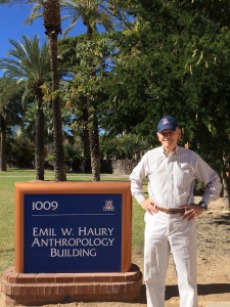
I am a Classical Archaeologist interested in both the Greek and Roman worlds. My specific interests include the study of ancient cities and sanctuaries, architecture, athletics and computerized applications in archaeology. The Archaeological Mapping Lab, which I direct, works in the fields of digital cartography, GIS, remote sensing, spatial analytical studies as well as databases. Below are the websites that relate to the major projects of the lab and specifically to my research.
https://www.archaeologicalmappinglab.org
https://www.corinthcomputerproject.org
https://www.lykaionexcavation.org
https://www.parrhasianheritagepark.org
https://www.digitalaugustanrome.org

